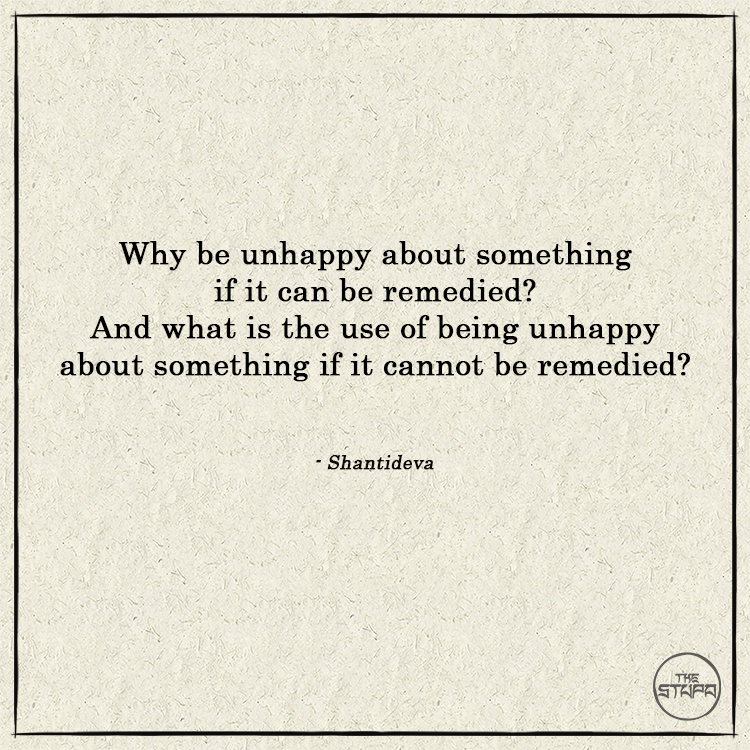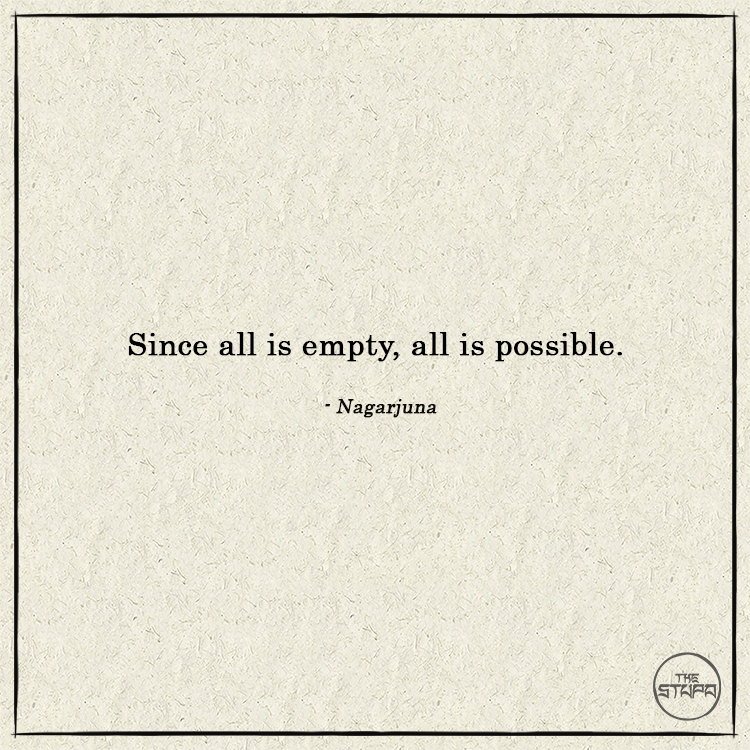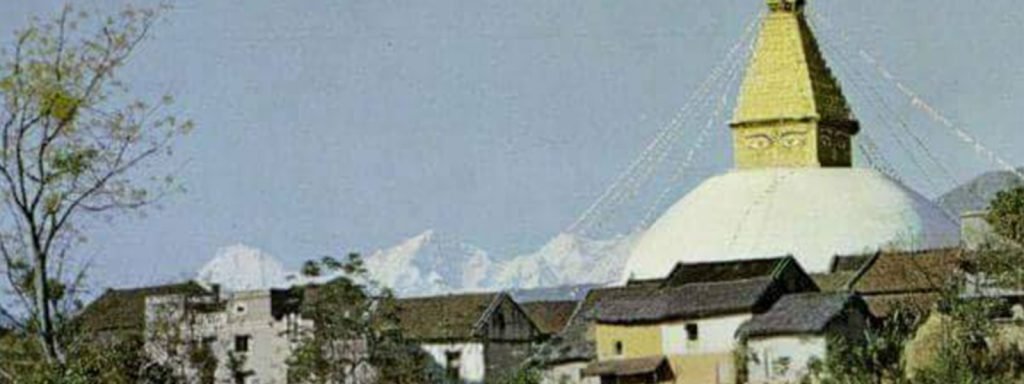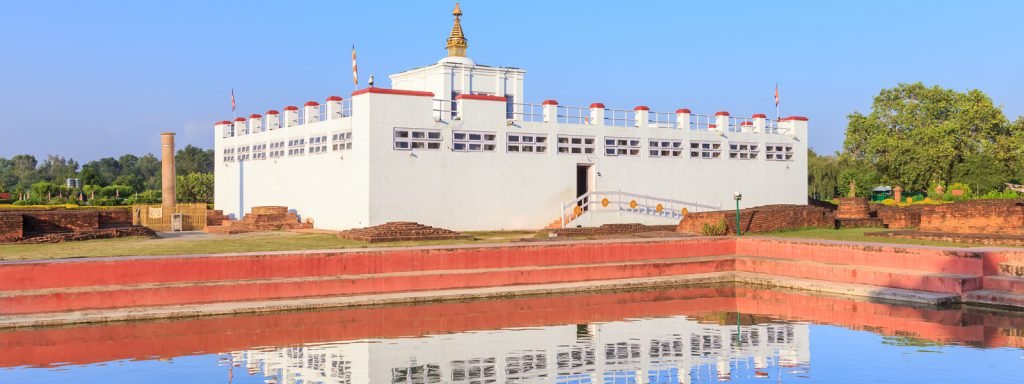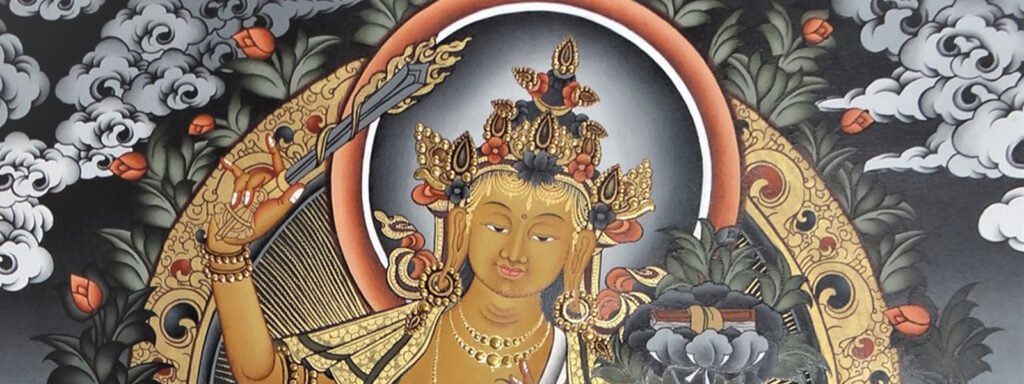What makes an action positive or negative? Not how it looks, not whether it is big or small, but it is the positive or negative motivation that is behind it.
Dharma Quote: What makes an action positive or negative? Not how it looks, not whether it is big or small, but it is the positive or negative motivation that is behind it. By: Patrul Rinpoche. Source: Words of My Perfect Teacher.


